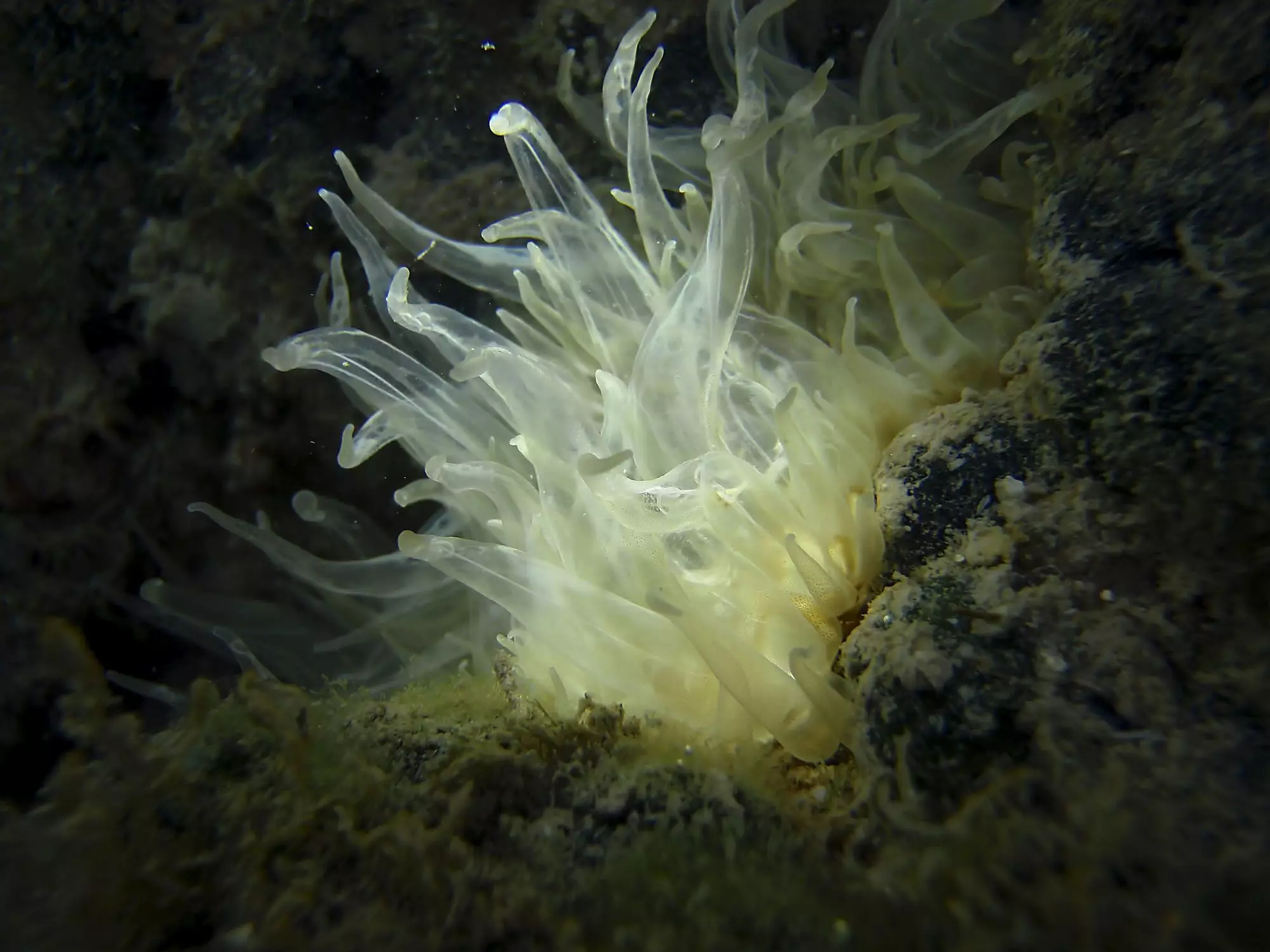Aiptasia, commonly referred to as glass or tube anemones, is a notorious nuisance in reef aquariums. These anemones often infiltrate tanks unnoticed through newly acquired live rock or coral. Once they establish themselves, their capacity for rapid reproduction can quickly lead to an overwhelming presence in a tank, where they compete aggressively for food and living space. Their stinging tentacles pose a direct threat to the well-being of other inhabitants, including fish and crustaceans, thus making it imperative for aquarium enthusiasts to take action.
An immediate reaction to spotting Aiptasia is often manual removal—pulling them from the substrate or rock. However, this method proves futile since even the smallest fragment left behind can give rise to new anemones. Because of their anchoring ability, especially when the foot is embedded deep within crevices, pulling them out often leads to more significant outbreaks, thus exacerbating the problem rather than solving it.
Aquarists have several strategies at their disposal for tackling Aiptasia, each with its own set of advantages and drawbacks. The most common approach is the injection of chemical solutions directly into the anemone. This method offers a targeted solution, but caution is necessary. Provides safety precautions are essential, including protective gloves and goggles, particularly when using caustic agents like sodium hydroxide or calcium hydroxide.
For example, common household lemon juice serves as a harmless solution that yields quick results without harming the sensitive ecosystem of a reef tank. A 0.5 ml injection directly to the stem of each anemone can be sufficient, making it an accessible method for many aquarists. However, stronger chemicals—like sodium hydroxide—are accurate; one must meticulously apply them to achieve a high mortality rate.
Not all chemical solutions are equally effective; some can cause unexpected side effects. Calcium hydroxide, although popular for treating Aiptasia, requires precision in its application to ensure a satisfactory kill rate. Overdosing can shift the pH levels of the aquarium, destabilizing conditions for other inhabitants.
Moreover, alternatives like hydrogen peroxide have proved to work quickly, while hot water and harsher agents like bleach can introduce toxicity, threatening the delicate balance of the entire aquarium ecosystem. Thus, relying solely on harsh chemicals is not advisable without thorough consideration and planning.
Bringing in natural predators to tackle an Aiptasia problem can be tempting. Various species—such as certain fish, nudibranchs, and shrimp—are known to feed on Aiptasia, presenting a potential biological control method. Yet, these solutions are not without risks.
Many recommended predator species unintentionally threaten other reef tank inhabitants or may not consistently consume Aiptasia. For instance, some butterflyfish and filefish are known to eat Aiptasia but may also begin to nip at corals or other necessary invertebrates once the Aiptasia population diminishes. Similarly, the true peppermint shrimp (Lysmata wurdemanni) stands out as an effective Aiptasia eater, but the right species must be sourced to avoid introducing predators that ignore Aiptasia altogether.
Another option, osmotic shock therapy (OST), can effectively eliminate Aiptasia without chemicals, although it’s generally unsuitable for reef systems housing sensitive corals and invertebrates. This method involves reducing salinity levels in the water for a specific period, leading to the demise of Aiptasia. While this method can be effective in freshwater systems, it presents challenges in maintaining a balanced environment for various other marine species.
Several commercial products claim to target Aiptasia safely and effectively. These options often situate themselves as reef-safe, which is crucial for aquarium owners looking to protect their delicate ecosystems while waging war against invasive species.
Regardless of the method chosen, each aquarium enthusiast must also remain vigilant about broader ecosystem health. Implementing any form of control should come with careful monitoring to prevent unintended repercussions on the overall tank biome.
Dealing with Aiptasia in a reef aquarium can feel like an uphill battle due to their reproductive resilience and destructiveness. However, through proactive management, aquarists can successfully curate a lively and harmonious underwater environment. Understanding the various control options—be they chemical, biological, or innovative alternatives—equips enthusiasts to tackle this invasive species while preserving the overall health of their marine home. A thoughtful approach paired with ongoing observation will provide the best chances of maintaining a flourishing and vibrant aquatic community.

